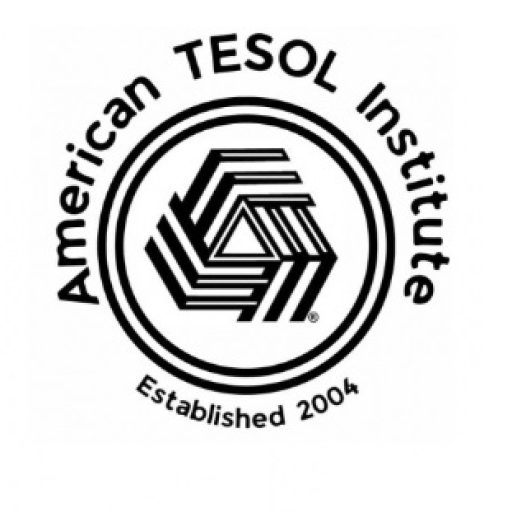Total Physical Response: A Dynamic Approach to Language Learning
In the realm of second language acquisition, one method stands out for its innovative and engaging approach: Total Physical Response (TPR). Developed by Dr. James J. Asher, a professor of psychology at San Jose State University, TPR leverages the power of physical movement to enhance language learning.
The Theory Behind TPR
At the heart of TPR lies the belief that language is internalized through a process similar to first language acquisition. Dr. Asher observed that young children learn their mother tongue by first listening and responding physically to commands before they begin to speak. He theorized that this same principle could be applied to second language learning, emphasizing the importance of a silent period where learners focus on comprehension through physical actions.
How TPR Works
In a TPR classroom, the instructor gives commands in the target language, and students respond by performing the corresponding actions. For instance, the teacher might say “Stand up,” “Walk to the door,” or “Touch your nose,” and students would carry out these actions. This kinesthetic approach creates a direct link between language and movement, making learning more interactive and memorable.
Benefits of TPR
TPR offers several advantages for language learners:
- Reduced Anxiety: The focus on comprehension and physical response minimizes the pressure to speak immediately, creating a low-stress environment for learners.
- Enhanced Memory: The combination of physical movement and language strengthens memory and retention, making it easier for students to recall vocabulary and grammar structures.
- Active Engagement: TPR keeps students actively involved in the learning process, fostering motivation and enthusiasm.
- Natural Language Acquisition: By mimicking the way children learn their first language, TPR promotes a natural and intuitive approach to second language acquisition.
Applications of TPR
While TPR is primarily used for teaching English as a Second Language, its principles can be adapted to any language. It is particularly effective for beginners and young learners, who benefit from the hands-on and interactive nature of the method. TPR can be used to teach a wide range of language elements, including vocabulary, grammar structures, and even simple narratives.
Conclusion
Total Physical Response is a powerful tool that harnesses the connection between language and movement to create a dynamic and effective learning experience. By prioritizing comprehension and physical response, TPR empowers learners to internalize language in a natural and engaging way, paving the way for confident communication and lasting language skill



